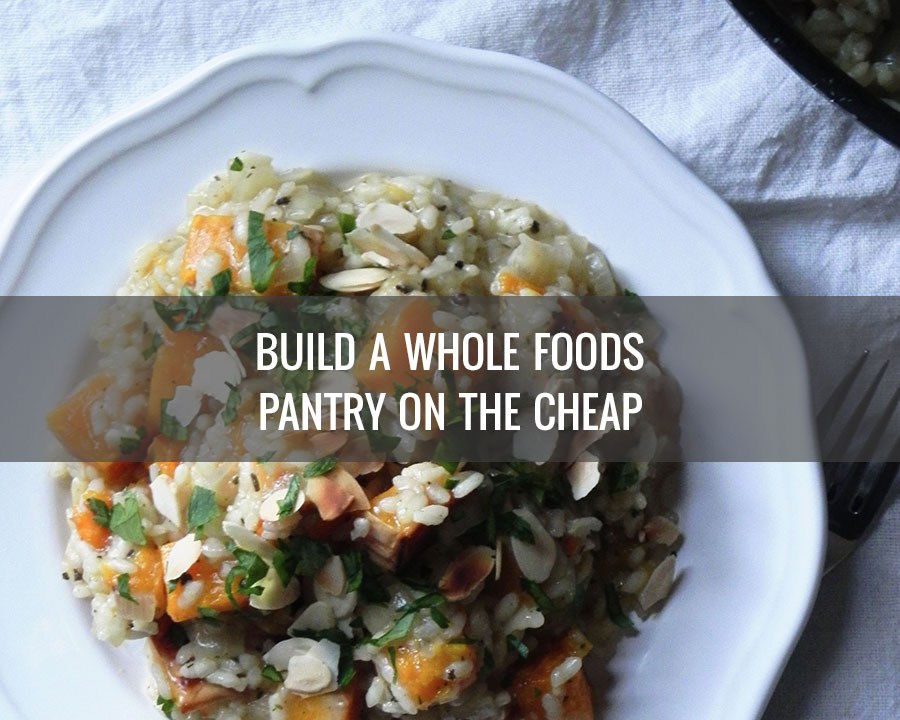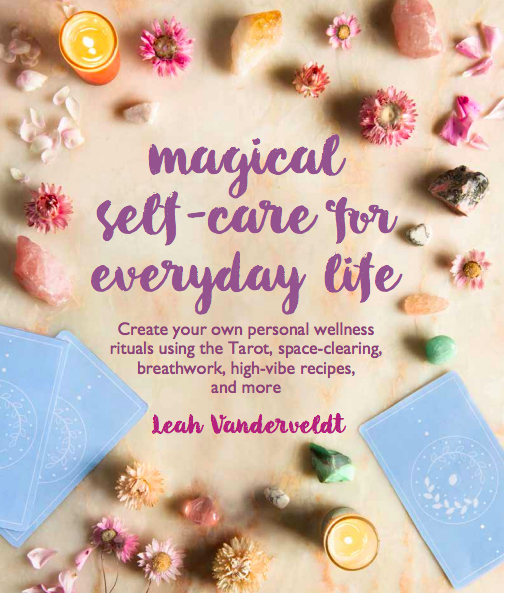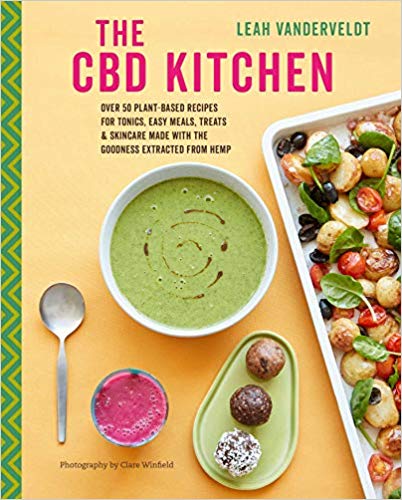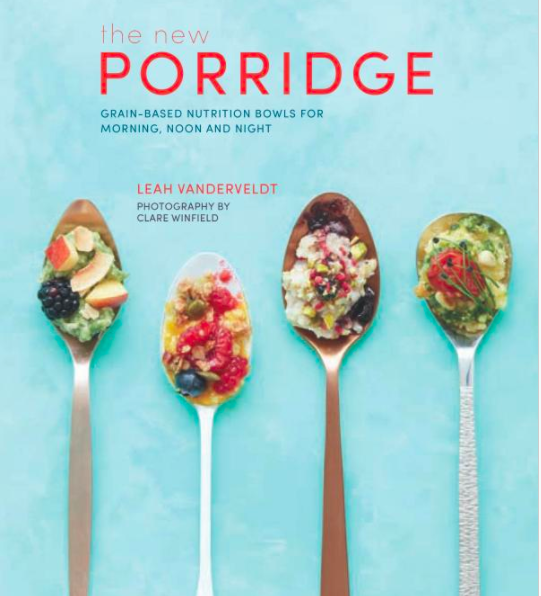How To Build a Whole Foods Pantry on the Cheap
Starting a whole foods lifestyle can be daunting if you don’t know where to start. You know you should be eating a lot of vegetables and fruits but you’re going to need more than that to round out a meal.
If you’re starting from scratch, you might be discouraged by high price tags at the super market or organic shops. But I’ve always been able to find the items on this list at fair (and even super cheap prices) — even when organic!
But organic or not, the main objective is finding whole foods that are easy to buy and store, so you’ll always have something in the cabinet or freezer to whip up a quick and healthy meal with.
- Brown rice
A great base for curries, burrito bowls, stir fries, soups and fridge clean-out nourish bowls. Other grains like quinoa, millet, barley and farro are great too — whatever you prefer works, but rice is usually the cheapest of these options. - Oats
Oatmeal, bircher muesli and homemade granola all start here. They’re also great to help bind veggie burgers and add to cookies. - Chickpeas
Dried chickpeas are great value and taste delicious, but I always have canned around for a quick protein boost in salads and stews and they make a great quick hummus when blitzed in a food processor with some tahini, lemon juice and garlic. - Black beans
As with chickpeas, I usually have a few cans ready for tacos, chili and salads. - Canned tomatoes
I can never be without a few cans of tomatoes in the house — especially in winter when they’re out of season. Make your own simple pasta sauce, a baked egg dish, or add to soups, curries and stews for a bit of acidity and color. - Coconut milk
Yes, I’m going to keep mentioning curries. Both Thai and Indian curries are a great way to throw a lot of vegetables together in a coherent way. Because these dishes are so rich in spices and given a gorgeous creaminess (usually from coconut milk) I find it makes are really satisfying vegan or vegetarian meal. I also love coconut milk stirred into oatmeal or soaked with oats overnight for bircher muesli. - Red Lentils
I buy these guys dried because they cook much quicker than other dried beans and lentils. Red lentils are perfect for soups, stews, curries (I love a red lentil dahl) and hummus-like dips. - Onions & Garlic
While these guys do have a shorter shelf-life than other items on this list, they keep for a while and you can buy a bag of each for cheap. They’re also a great way to add a lot of flavor to dishes quickly.
Pro-tips:
Caramelize a bunch of onions in a skillet with a little olive oil, balsamic vinegar and salt. Add a splash of water to the pan whenever it looks dry and cook for about 20-30 minutes (stirring occasionally) until soft and sweet.
Chop the bottom off a whole head of garlic, wrap it in a piece of tin foil with a little olive oil and bake in a hot oven for about 30-40 minutes. Once cooled, remove garlic cloves from their papery skins. Add liberally to salads, pasta dishes, pizza or mush on a piece of toast for something delicious. - Olive oil
Or whatever oil you like and use often. I choose olive oil most times because it’s easy to buy in bulk, affordable and I like the taste. This will be what you use to start the onion and garlic saute that’s the beginning of so many great dishes and will be the base for simple homemade salad dressings. - Apple cider or balsamic vinegar
Whichever one you prefer — or both. I use them both regularly in salad dressings and to add a little acidity to dishes. - Dijon mustard
A nice French dijon mustard packs a punch and is super cheap. I start all vinaigrettes with a dollop of the stuff. Also great for dishes like egg and tuna salad without the mayonnaise. - Hot sauce
If you like spicy things, this is a must. It also brings a nice acidic lift to a dish. My favorites are Crystal’s, Frank’s Red Hot, sriracha and chipotle Tabasco. - Sea salt
Salt brings out the natural flavors of vegetables, grains and legumes more than anything else. While we should avoid packaged foods that are laden with sodium, it’s a good thing to add salt to your whole foods. You don’t need a lot and it will bring the flavors of your dishes to life. - Frozen peas
Always good to have around for throwing into the usual soups and stews but also excellent to have mashed or pureed as a side for fish or atop and piece of toast with a poached egg. - Frozen spinach
Great if you don’t have any fresh greens around but want to add a little extra nutrients to your stir fry, warm salad or soup.






0 comments